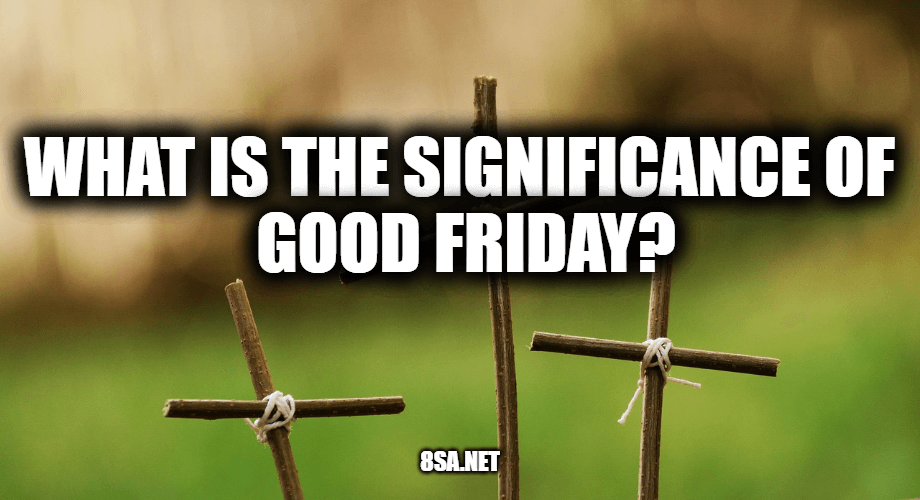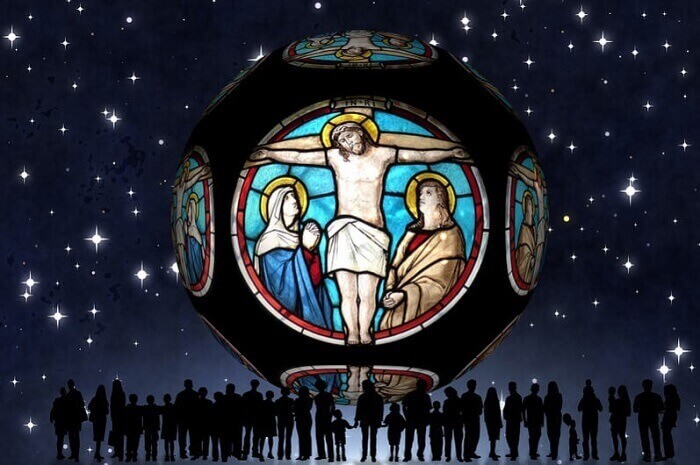What is Good Friday? In this post, we explore the history, importance, and definition of this solemn day in the Christian calendar. This post has everything you need to know about Good Friday.
Good Friday is a Christian holiday that commemorates the crucifixion and death of Jesus Christ. It is observed on the Friday before Easter Sunday, and is considered one of the most solemn days in the Christian calendar. Good Friday is a day of fasting and penance, and is marked by solemn church services, prayer, and reflection on the suffering and sacrifice of Jesus Christ. The term “Good” may have originated from the phrase “God’s Friday,” or from the belief that the crucifixion ultimately led to the resurrection and salvation of humanity.

Early Liturgies:
Early liturgies refer to the forms of public worship used by the early Christian church. The term “liturgy” comes from the Greek word “leitourgia,” which means “the work of the people,” and refers to the communal nature of Christian worship. Early liturgies were characterized by their simplicity and focus on scripture, prayer, and the celebration of the Eucharist (also known as Holy Communion).
Some of the earliest Christian liturgies include the Divine Liturgy of St. James, the Liturgy of St. Mark, and the Liturgy of St. Basil. These liturgies date back to the first few centuries of the Christian church and are still used in some Eastern Orthodox and Oriental Orthodox churches today.
Other early liturgies that have had a significant impact on Christian worship include the Roman Rite, which developed in the Western Roman Empire, and the Celtic liturgy, which developed in Ireland and the British Isles. These liturgies have undergone numerous changes and revisions over the centuries, but they continue to form the basis of Christian worship in many parts of the world.
Mass of the Presanctified:
The Mass of the Presanctified is a liturgical service in the Roman Catholic Church and some other Christian denominations that takes place on Good Friday, the day on which Christians commemorate the crucifixion and death of Jesus Christ.
Unlike a regular Mass, the Mass of the Presanctified does not include the consecration of the bread and wine into the body and blood of Christ. Instead, the priest uses hosts that were previously consecrated during a regular Mass and were then reserved in a tabernacle, which is a container for the Eucharist. The priest then offers these hosts to the congregation, who receive them as Holy Communion.
The Mass of the Presanctified is a solemn and reflective service that includes readings from the Old Testament, the New Testament, and the Gospel, as well as prayers and hymns that focus on the passion and death of Christ. The service ends with the veneration of the cross, which involves the faithful approaching the cross and kissing it as a sign of reverence and devotion.
“Three Hours.”
“Three Hours” refers to a traditional liturgical service that is held in some Christian denominations on Good Friday, usually from noon to 3:00 pm, the hours during which Jesus is believed to have hung on the cross. The service is a solemn and reflective period of prayer and meditation on the passion and death of Jesus Christ.
The “Three Hours” service typically includes readings from the Old and New Testaments, hymns, prayers, and a homily or meditation on the meaning of the crucifixion. The service is meant to be a time of deep spiritual reflection and contemplation on the sacrifice that Jesus made for humanity, and many people find it to be a powerful and moving experience.
The “Three Hours” service has its roots in the medieval Church, and has been observed in various forms by different Christian denominations throughout history. It remains an important part of the Good Friday liturgy in some churches today, particularly in Anglican, Lutheran, and Methodist traditions.

Modern Changes:
Modern changes refer to the modifications and adaptations made to liturgical services in various Christian denominations in the modern era. These changes have been driven by a variety of factors, including changes in social, cultural, and religious norms, advances in technology, and a desire to make worship more accessible and relevant to contemporary congregations.
One of the most significant modern changes to liturgy was the Second Vatican Council (1962-1965) in the Roman Catholic Church, which led to a series of reforms aimed at modernizing the liturgy and making it more accessible to the laity. These reforms included changes to the liturgical language, the introduction of new prayers and responses, and a greater emphasis on congregational participation in the Mass.
Other modern changes to liturgy have included the use of contemporary music and worship styles, the incorporation of multimedia and technology into worship services, and the development of new liturgical practices and rituals that reflect changing cultural and social norms.
While these changes have been controversial in some circles, they have also been welcomed by many Christians as a way to make worship more meaningful and relevant to contemporary congregations. Ultimately, the nature and extent of modern changes to liturgy vary widely between denominations and individual churches, reflecting the diverse needs and beliefs of different communities of faith.